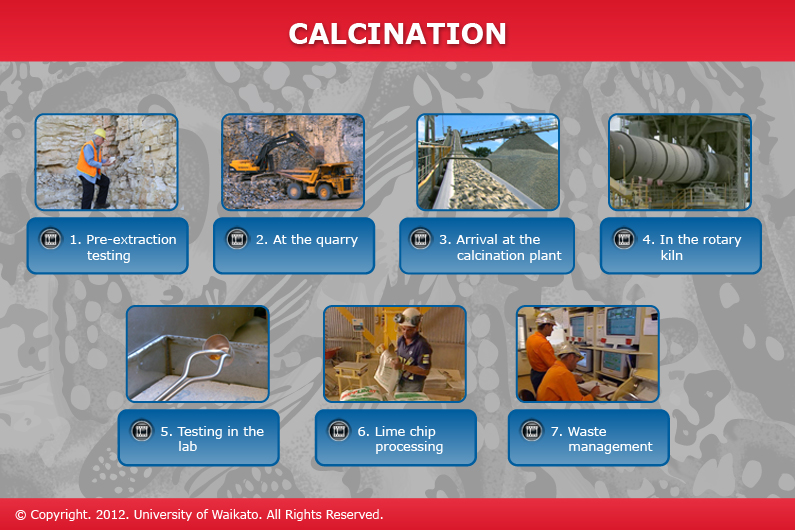In this activity, students view the interactive Calcination – lime from limestone, which shows the industrial processing of limestone into lime, and use the information to complete a matching activity.
By the end of this activity, students should be able to:
- describe the effect of heat on limestone
- define the term ‘calcination’
- outline the main process steps in the production of lime from limestone
- recall the meanings of the terms ‘exothermic’ and ‘endothermic
- write word and symbol equations for the main chemical reactions occurring
- distinguish between the terms ‘limestone’, ‘lime’ and ‘slaked lime
Download the Word file (see link below) for:
- introduction/background notes
- what you need
- what to do
- student handouts.
Related content
Use these articles below to help introduce some of the ideas and concepts behind this activity:
- Carbonate chemistry – Calcium carbonate is the principal mineral component of limestone. Its chemical and physical properties lie behind the societal use of limestone and the unique limestone landscapes of the countryside.
- Limestone uses – The calcium carbonate content of limestone rocks has been used from the earliest civilisations. Today, it is a valuable resource that services the needs of a multitude of industries.

